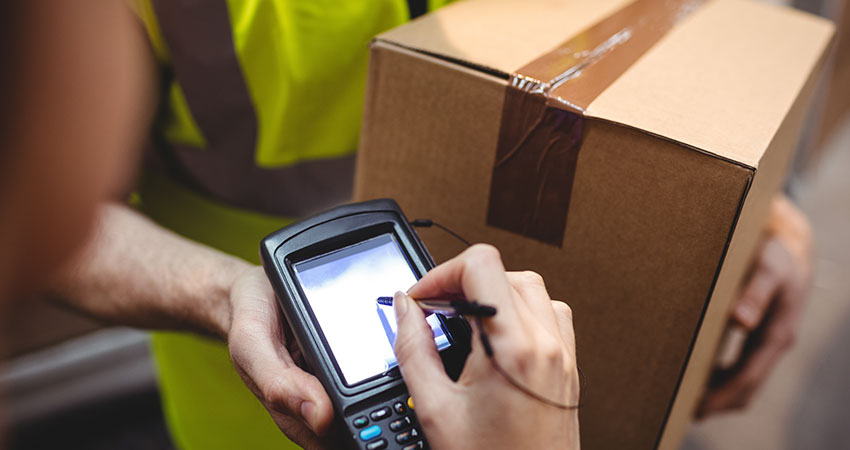For the first time, Amazon Logistics surpassed a major carrier in domestic parcel volume, edging out FedEx in 2020, according to Pitney Bowes annual shipping index, although FedEx had substantially more revenue as so much of Amazon’s shipping is free for Prime members.
Pitney Bowes is also predicting domestic parcel volume will nearly double between 2020 and 2026, from 20.1 billion to 39 billion pieces, with a CAGR of 10%, after having doubled from 2015 to 2020.
Amazon had by far the largest increase in volume year over year, Pitney Bowes found, increasing 127% from 1.85 billion parcels in 2019, followed by the U.S. Postal Service (up 34%), FedEx (up 21.7%) and UPS (up 12.6%).
The USPS had the most parcel volume in 2020, at 7.6 billion units shipped, followed by UPS (4.92 billion), Amazon (4.2 billion) and FedEx (3.25 billion). The top four carriers had a combined 99% of the market, according to Pitney Bowes, with the USPS at 38%, UPS at 24%, Amazon at 21% and FedEx at 16%.
Overall, parcel volume increased 37% in 2020, the index noted, from 14.7 billion to 20 billion items shipped, with the ecommerce share increasing from 19.6% to 24.5%.
In terms of domestic parcel revenue, UPS and FedEx were near parity, at $60 billion and $58.3 billion, respectively, followed by the USPS ($32.5 billion) and Amazon ($18.5 billion).
The index figures were compiled by Pitney Bowes from a variety of sources including reports and stat sheets from UPS, FedEx, the USPS and Apex Insight.
When asked about the assertion that 99% of domestic parcel volume was handled by four top players in 2020, even as regional carriers have seen much more activity, Pitney Bowes EVP Jason Dies said “The math says 1%” for the rest of the market.
“While there is tremendous concentration in the industry, the byproduct of historical trends, disruption is creating interesting spaces for new entrants or existing ones to rapidly change their profile and share to change hands,” Dies said. “But it’s going to take a while for those volumes to aggregate and be meaningful.”
He noted how Amazon, despite its massive growth, is still leaning heavily on the USPS for last mile fulfillment, doubling its parcel volume there to 2.8 billion pieces in 2020.
“We’re seeing interesting dynamics, players using each other to fill in gaps or leverage opportunities,” Dies said. “As part of the UPS ‘better not bigger’ strategy under Carol Tome (offloading less profitable volume), they’ve leveraged and leaned on other players. While UPS has been very vocal on this point, it doesn’t mean Amazon and FedEx aren’t following the same course.”
Asked how the industry can absorb a doubling of parcel volume between now and 2026, Dies said the evolution of delivery and fulfillment models, innovation and new entrants, will do the job.
“We’ll continue to see technology advancements, matching loads with carriers and optimizing volume going forward,” he said.

